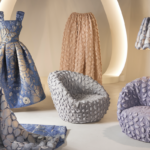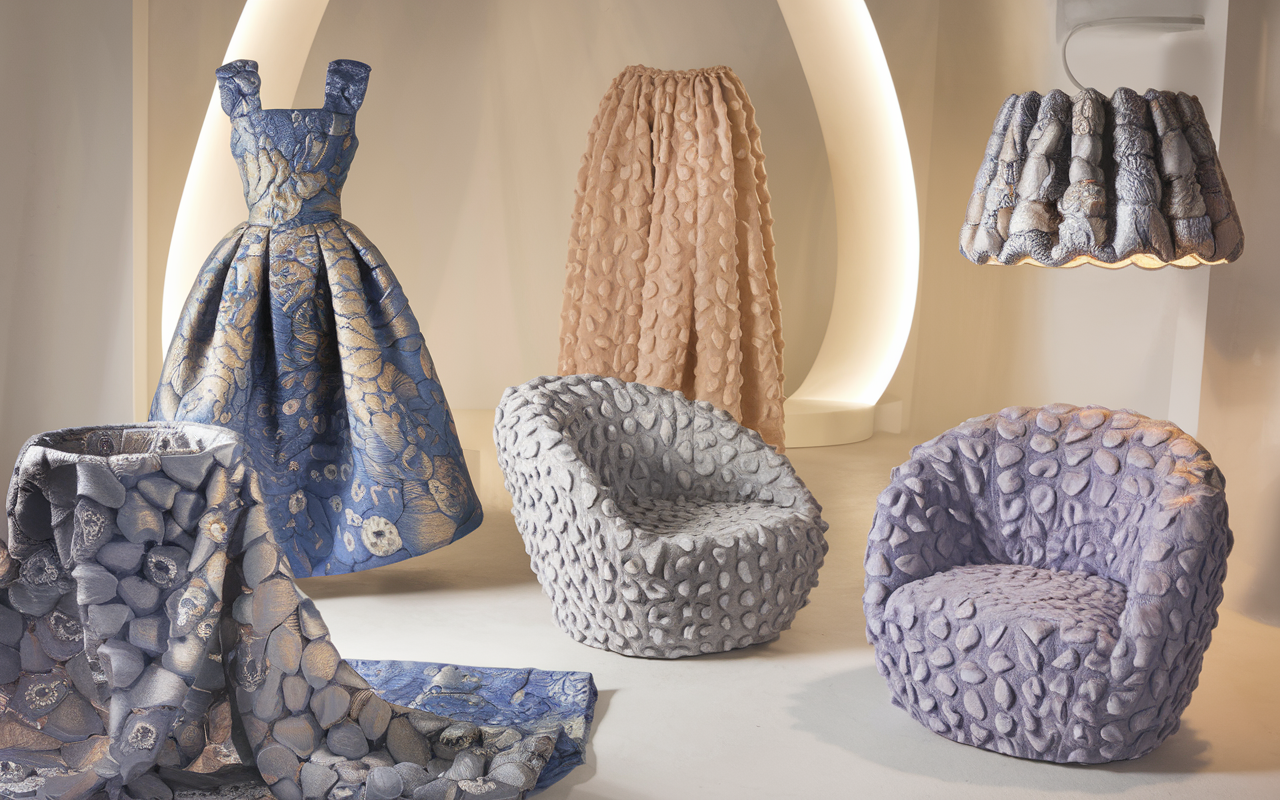Vintage photography holds a certain charm, often evoking feelings of nostalgia and curiosity about the past. One of the most distinctive features of old photographs is their warm, brownish tone. This characteristic color, often seen in sepia-toned images, is not just a result of age but also of the photographic processes and materials used during the early days of photography. This article delves into the origins, significance, and lasting appeal of the brown pigment in vintage photos.
The Origins of the Brown Pigment
In the early days of photography, black-and-white images were the standard. However, photographers and chemists quickly discovered that certain chemical treatments could alter the tones of these images. The warm, brownish hue that we often associate with vintage photos primarily comes from a process known as sepia toning.
Sepia toning was introduced in the late 19th century as a method to increase the longevity of photographic prints. The process involved replacing the metallic silver in the photographic emulsion with a more stable silver sulfide compound, which gave the images their characteristic brownish tint. This not only enhanced the aesthetic appeal of the photographs but also made them more resistant to fading over time.
The Science Behind Sepia Toning
The sepia tone is achieved through a chemical process where the silver in a photograph is converted into silver sulfide. This compound is less susceptible to environmental factors that typically cause photographs to deteriorate, such as light and air exposure. The result is a print that not only has a distinctive brown color but also has enhanced archival qualities.
The brown pigment was not merely a stylistic choice; it was a practical solution to the problem of preserving early photographs. Before the advent of more stable chemical processes, photographs were highly vulnerable to fading and damage. The sepia tone became a hallmark of durability and quality, leading to its widespread adoption in the late 1800s and early 1900s.
The Aesthetic Appeal of Brown-Toned Images
Beyond its practical benefits, the sepia tone became beloved for its warm, nostalgic aesthetic. The brown hue imparted a sense of timelessness and softness to images, making them appear more romantic and evocative. This aesthetic has endured, with many modern photographers and digital artists choosing to replicate the sepia tone in their work to evoke a vintage or classic feel.
The brown pigment in vintage photos also contributes to the emotional resonance of historical images. When we look at sepia-toned photographs today, the color immediately signals that the image is from a bygone era, inviting us to imagine the lives and stories of the people captured in the frame.
The Evolution and Legacy of Sepia Toning
While sepia toning was widely used in the late 19th and early 20th centuries, advances in photographic technology eventually led to the development of more stable and versatile methods of producing black-and-white and color images. As a result, the use of sepia toning declined.
However, the legacy of sepia-toned photographs lives on. In the digital age, sepia filters and editing tools allow photographers to recreate the look of vintage images with ease. These tools are popular in everything from professional photography to social media, demonstrating the enduring appeal of the warm, brown tones of early photography.
Conclusion
The brown pigment in vintage photos is more than just an artifact of old photographic technology; it is a testament to the ingenuity and artistry of early photographers. Through the sepia toning process, they not only preserved their images for future generations but also created a visual language that continues to evoke the past in a way that is both timeless and emotionally powerful. Today, the brown tones of vintage photographs remain a beloved aesthetic, reminding us of the enduring connection between technology, art, and memory.











